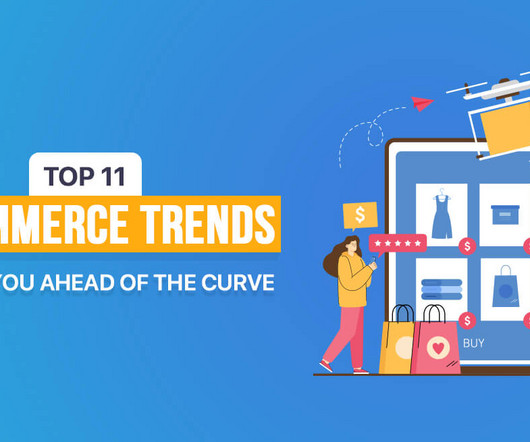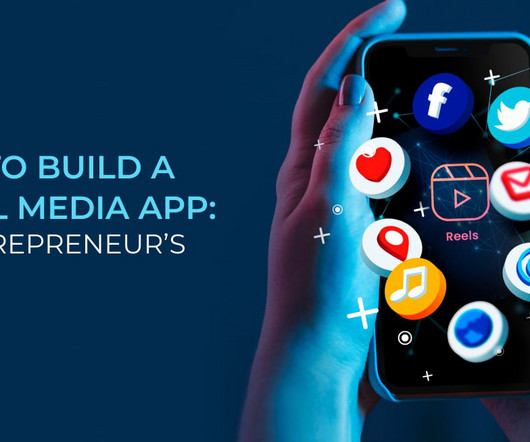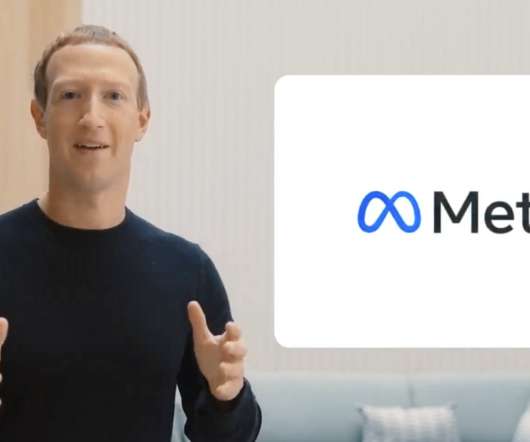Fed Tech News Roundup 8 July 2015
CTOvision
JULY 8, 2015
Pentagon's Silicon Valley unit gets $1.75M for fiscal 2015 - FCW.com FCW (Today) - FCW.comPentagon's Silicon Valley unit gets $1.75M for fiscal 2015FCW.comThe Defense Department's first fulltime outreach office in Silicon Valley is up and running thanks to a July 2 memo from Deputy. Some are already. Drone pilot training, DISA's big cyber.























Let's personalize your content